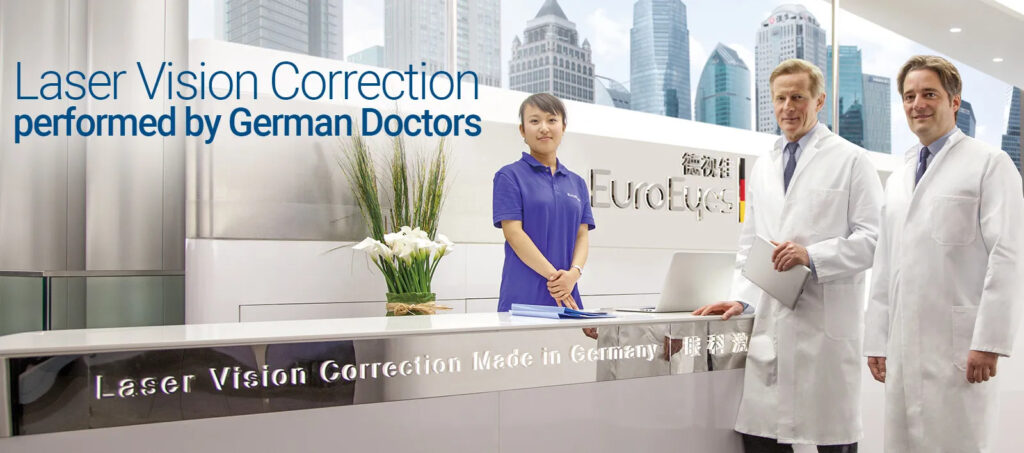Long-Term Benefits of Nonimplant MIGS for Glaucoma Treatment
Glaucoma is a leading cause of irreversible blindness worldwide, affecting millions of people. While traditional surgical interventions like trabeculectomy and tube shunts have been effective, they come with significant risks and long recovery periods. In recent years, Minimally Invasive Glaucoma Surgery (MIGS) has emerged as a safer, less invasive alternative. Among MIGS procedures, nonimplant MIGS has gained attention for its ability to lower intraocular pressure (IOP) without the need for permanent implants.
This article explores the long-term benefits of nonimplant MIGS, including improved safety, faster recovery, and sustained IOP control, making it an excellent option for glaucoma patients.
What Is Nonimplant MIGS?
Nonimplant MIGS refers to a category of glaucoma surgeries that enhance aqueous outflow without leaving behind permanent devices in the eye. Unlike implant-based MIGS, which uses stents or shunts, nonimplant techniques rely on natural drainage pathways or tissue remodeling to reduce IOP.
Common Nonimplant MIGS Procedures
Some of the most widely used nonimplant MIGS techniques include:
Long-Term Benefits of Nonimplant MIGS
1. Reduced Risk of Complications
One of the biggest advantages of nonimplant MIGS is the lower risk of complications compared to traditional glaucoma surgeries and implant-based MIGS. Since no foreign devices are left in the eye, patients avoid risks such as:
Studies have shown that nonimplant MIGS procedures have a favorable safety profile, making them ideal for patients with mild to moderate glaucoma.
2. Faster Recovery and Minimal Downtime
Traditional glaucoma surgeries often require weeks or even months of recovery. In contrast, nonimplant MIGS offers:
This makes nonimplant MIGS particularly beneficial for elderly patients or those with busy lifestyles.
3. Sustained Intraocular Pressure (IOP) Control
A major concern with glaucoma treatment is maintaining long-term IOP control. Nonimplant MIGS has demonstrated durable efficacy in clinical studies, with many patients experiencing:
Unlike some implant-based MIGS, which may lose effectiveness due to fibrosis or blockage, nonimplant techniques leverage the eye’s natural drainage system, leading to more consistent long-term results.
4. Preservation of Future Treatment Options
Since nonimplant MIGS does not alter the eye’s anatomy as drastically as traditional surgeries, it leaves the door open for additional treatments if needed. Patients who undergo nonimplant MIGS can still consider:
This flexibility is crucial for progressive diseases like glaucoma, where treatment strategies may need adjustment over time.
5. Cost-Effectiveness
Glaucoma management can be expensive, especially with lifelong medication use or repeat surgeries. Nonimplant MIGS offers economic benefits, including:
Who Is a Good Candidate for Nonimplant MIGS?
Nonimplant MIGS is best suited for patients with:
However, it may not be ideal for advanced glaucoma cases requiring more aggressive IOP reduction.
Conclusion
Nonimplant MIGS represents a revolutionary shift in glaucoma management, offering long-term benefits such as safety, rapid recovery, sustained IOP control, and cost savings. While it may not replace traditional surgeries in all cases, it provides an excellent option for patients seeking a minimally invasive, effective, and reversible treatment.
If you or a loved one is considering glaucoma surgery, consult with an ophthalmologist to determine if nonimplant MIGS is the right choice for your condition. Early intervention with the right treatment can help preserve vision and improve quality of life for years to come.



